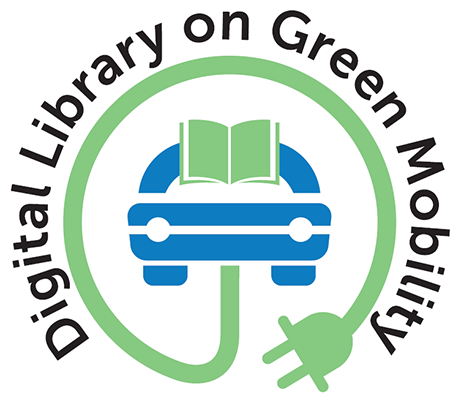Life cycle analysis comparison: electric and internal combustion engine vehicle
Publication Year: 2022
Author(s): Fuels Institute
Abstract:
The report discusses the life cycle emissions and TCO (Total Cost Ownership) of vehicles in the US. The base analysis uses a set of assumptions and the analysis results are sensitive to a range of factors. The analysis also included sensitivity analysis discussing the magnitude of variations based on input factors. With future trends in technology and public policy, the life cycle GHG emissions are projected to vary, and the analysis determined the potential of such variations. Decarbonization of electricity appears to be the biggest driver in reducing the life cycle emissions from the vehicle followed by technological advancements in vehicle systems. Larger scale adoption propels the technology growth faster due to economies of scale. This is also proportional to the TCO factor that includes the capital and operational costs of owning a vehicle for the owner. These analysis and results are critical in guiding lawmakers and OEMs to design policies and strategic decisions based on a long-term goal for countries, states, and cities.
Country: United States of America
Publisher/Organisation: Fuels Institute
Rights: Fuels Institute
Theme: Sustainable transportation | Subtheme: Environment Impact
Related Documents
Reports
Abstract:
Kenya has set a target of reducing 3.46 Million tonnes of Carbon dioxide equivalent (MtCO... Read More
Reports
New Vehicle Fuel Economy and CO₂ Emission Standards Emissions Evaluation Guide
Published Year: 2017
Abstract:
This guide on the calculation of emissions reductions of new vehicle fuel economy and CO₂ emis... Read More
Reports
Mobilise Your City - Monitoring & Reporting Approach for GHG Emissions
Published Year: 2017
Abstract:
This paper sets out the greenhouse gas monitoring and reporting principles for the Read More



